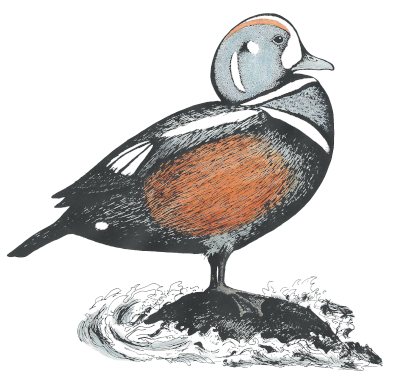
Fabaceae - pea family
[information to be added]
Mount Desert Island is home to 24 species and 1 hybrid in 14 genera. Click on a link below or scroll down for more information.
Amorpha (1 species)
Amorpha fruticosa - false indigo-bush (rare [see note 1 at bottom of page])
Amphicarpaea (1 species)
Amphicarpaea bracteata - American hog-peanut (uncommon)
Genista (1 species)
Genista tinctoria - dyer's greenweed (rare)
Laburnum (1 hybrid)
Laburnum xwatereri - golden chain-tree (rare)
Lathyrus (3 species)
Lathyrus japonicus - beach vetchling (common)
Lathyrus palustris - marsh vetchling (uncommon)
Lathyrus pratensis - meadow vetchling (uncommon)
Lotus (1 species)
Lotus corniculatus - garden bird's-foot-trefoil (uncommon)
Lupinus (1 species)
Lupinus polyphyllus - blue lupine (occasional)
Medicago (2 species)
Medicago lupulina - black medick (uncommon)
Medicago sativa - purple medick (uncommon)
Melilotus (2 species)
Melilotus albus - white sweet-clover ([?])
Melilotus officinalis - yellow sweet-clover (uncommon)
Robinia (2 species)
Robinia hispida - bristly locust (rare)
Robinia pseudoacacia - black locust (occasional)
Securigera (1 species)
Securigera varia - purple crown-vetch (uncommon)
Thermopsis (1 species)
Thermopsis villosa - Blue Ridge false lupine (rare)
Trifolium (6 species)
Trifolium arvense - rabbit-foot clover (common)
Trifolium aureum - palmate hop clover (occasional)
Trifolium campestre - pinnate hop clover (occasional)
Trifolium hybridum - alskie clover (uncommon)
Trifolium pratense - red clover (common)
Trifolium repens - white clover (common)
Vicia (3 species)
Vicia cracca - bird vetch (common)
Vicia sativa - common vetch (uncommon)
Vicia tetrasperma - four-seeded vetch (uncommon)
Amorpha (indigo-bush)
[information to be added]
Amorpha fruticosa (false indigo-bush) - [information to be added]
Amphicarpaea (hog-peanut)
[information to be added]
Amphicarpaea bracteata (American hog-peanut) - [information to be added]
Genista (greenweed)
[information to be added]
Genista tinctoria (dyer's greenweeed) - [information to be added]
Laburnum (golden chain-tree)
[information to be added]
Laburnum xwatereri (golden chain-tree) - [information to be added]
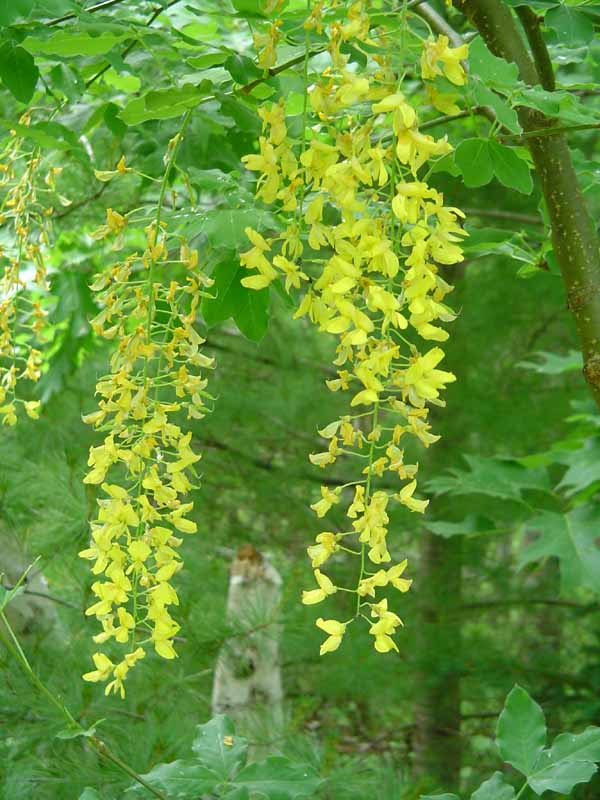
(click on image to enlarge)
Lathyrus (vetchling)
[information to be added]
| habitat | stem | petal color | stipule basal lobe number | |
| Lathyrus japonicus | sea beaches | wingless | purple to blue | 2 |
| Lathyrus palustris | damp shores, meadows | often winged | purple to blue | 1 |
| Lathyrus pratensis | wet meadows, roadsides | wingless, angled | yellow | 2 |
Lathyrus japonicus (beach vetchling) - [information to be added]
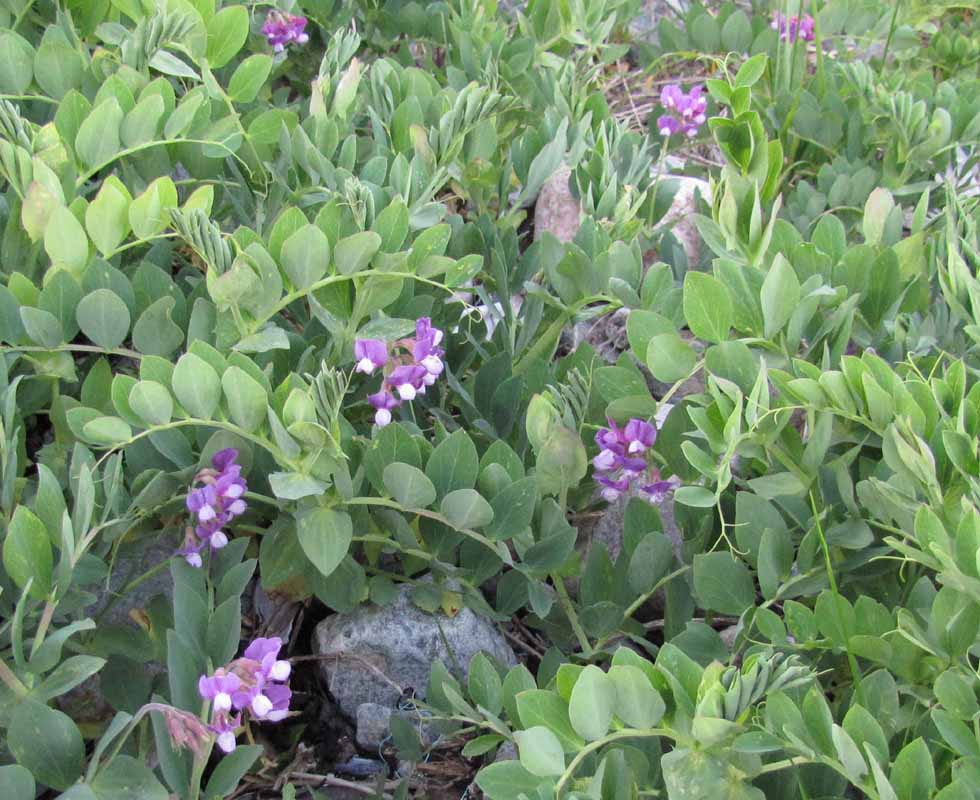
(click on image to enlarge)
Lathyrus palustris (marsh vetchling) - [information to be added]
Lathyrus pratensis (meadow vetchling) - [information to be added]
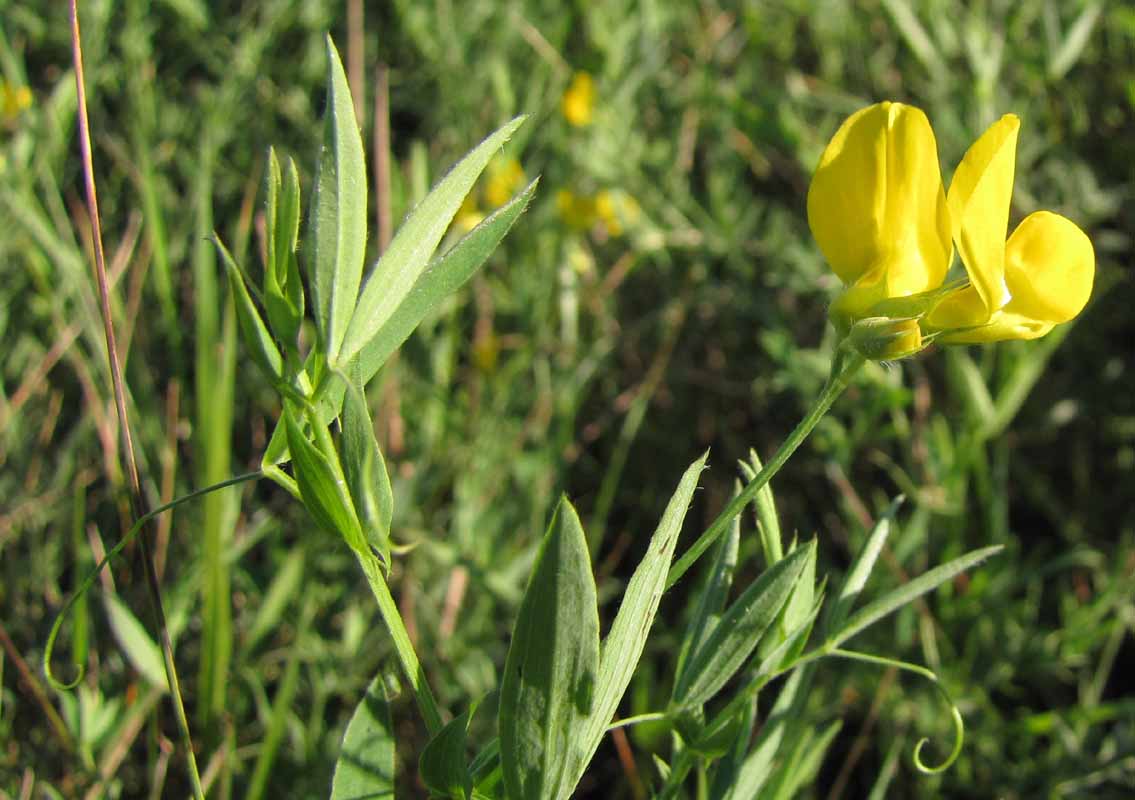
(click on image to enlarge)
Lotus (bird's-foot-trefoil)
[information to be added]
Lotus corniculatus (garden bird's-foot-trefoil) - [information to be added]
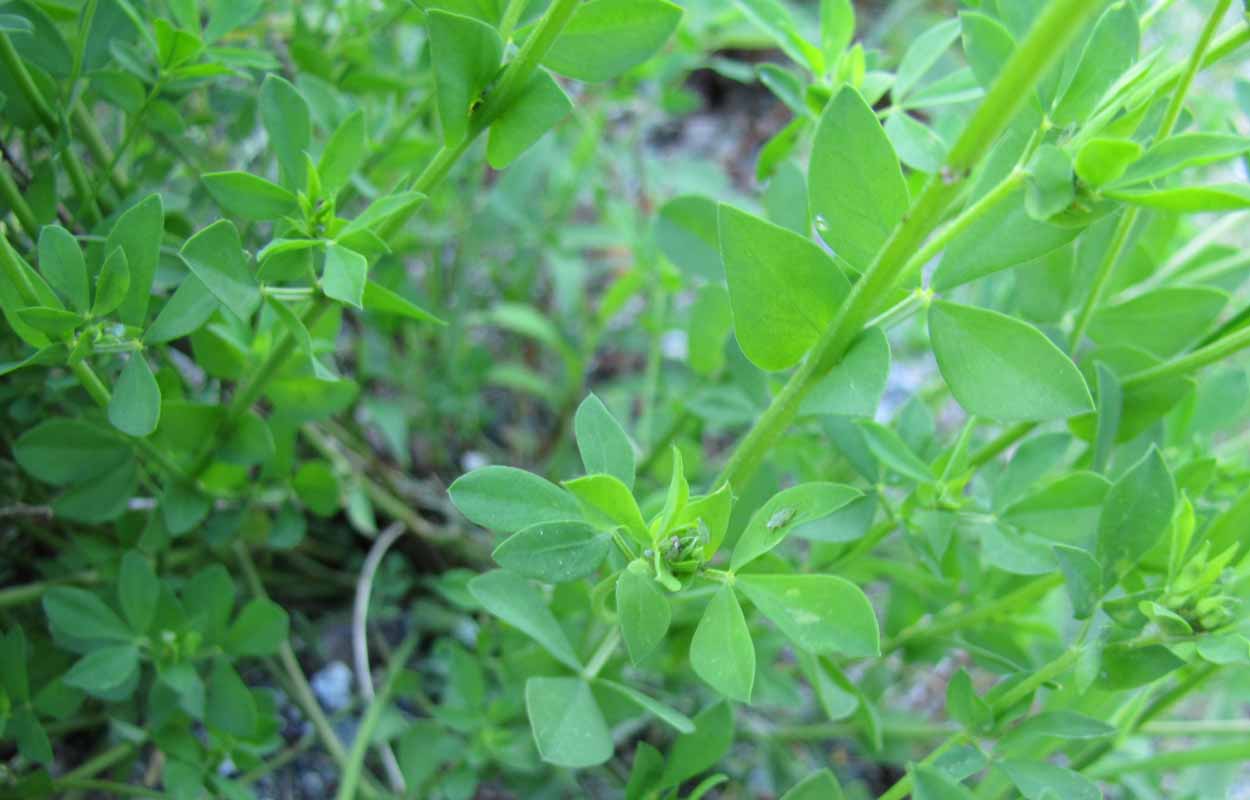
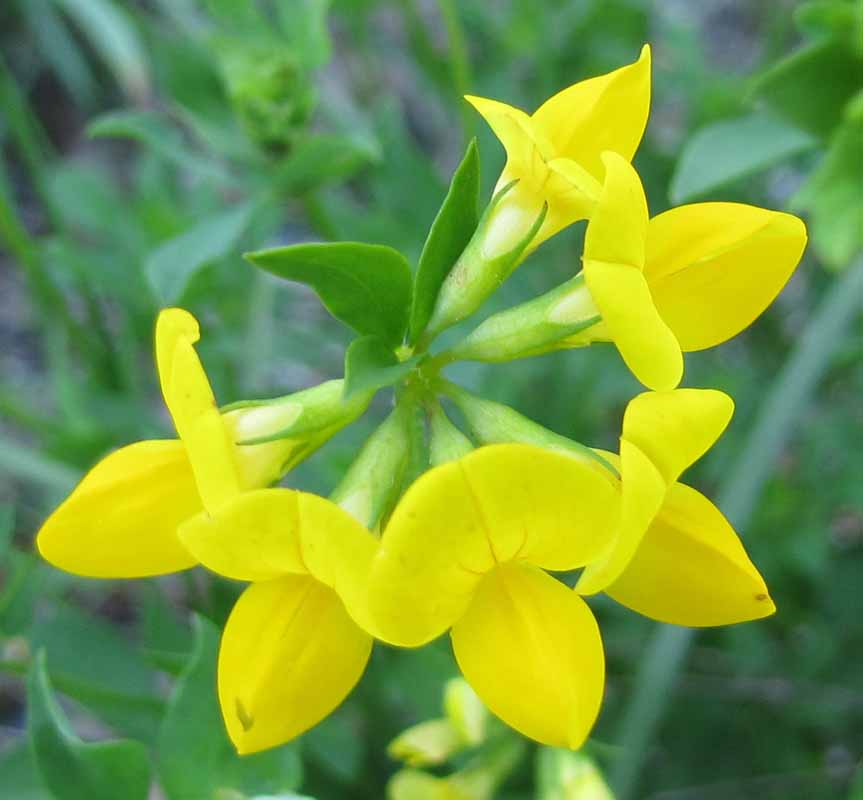
(click on an image to enlarge)
Lupinus (lupine)
[information to be added]
Lupinus polyphyllus (blue lupine) - [information to be added]
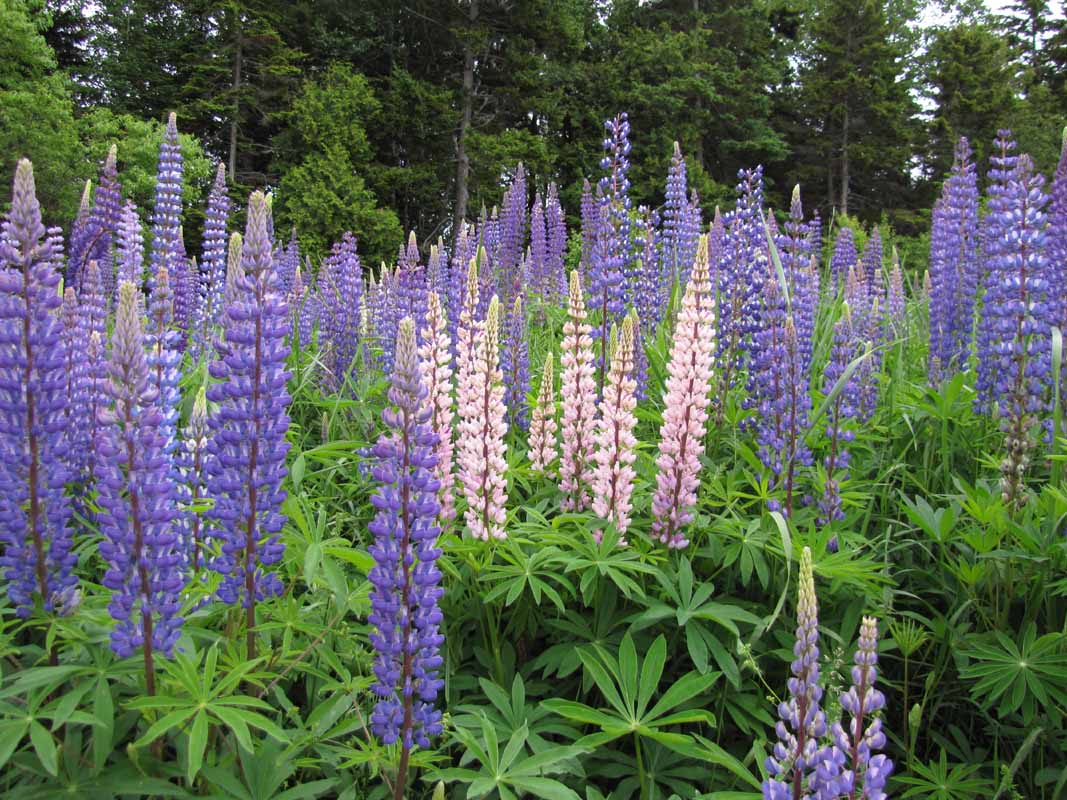
(click on image to enlarge)
Medicago (medick)
[information to be added]
| plant height/length | petal color | leaflet tip | fruit color at maturity | |
| Medicago lupulina | to 40 cm | yellow | with a short bristle | black |
| Medicago sativa | 50–100 cm | purple to blue | toothed | green |
Medicago lupulina (black medick) - [information to be added]
Medicago sativa (purple medick) - [information to be added]
Melilotus (sweet clover)
[information to be added]
| petal color | |
| Melilotus albus | white |
| Melilotus officinalis | yellow |
Melilotus albus (white sweet clover) - [information to be added]
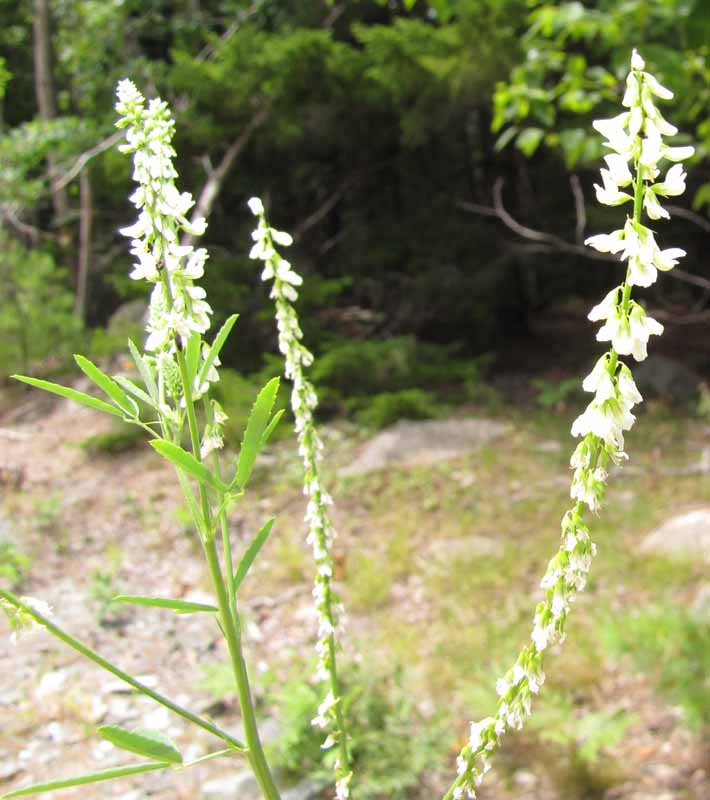
(click on image to enlarge)
Melilotus officinalis (yellow sweet clover) - [information to be added]
Robinia (locust)
[information to be added]
Robinia hispida (bristly locust) - [information to be added]
Robinia pseudoacacia (black locust) - [information to be added]
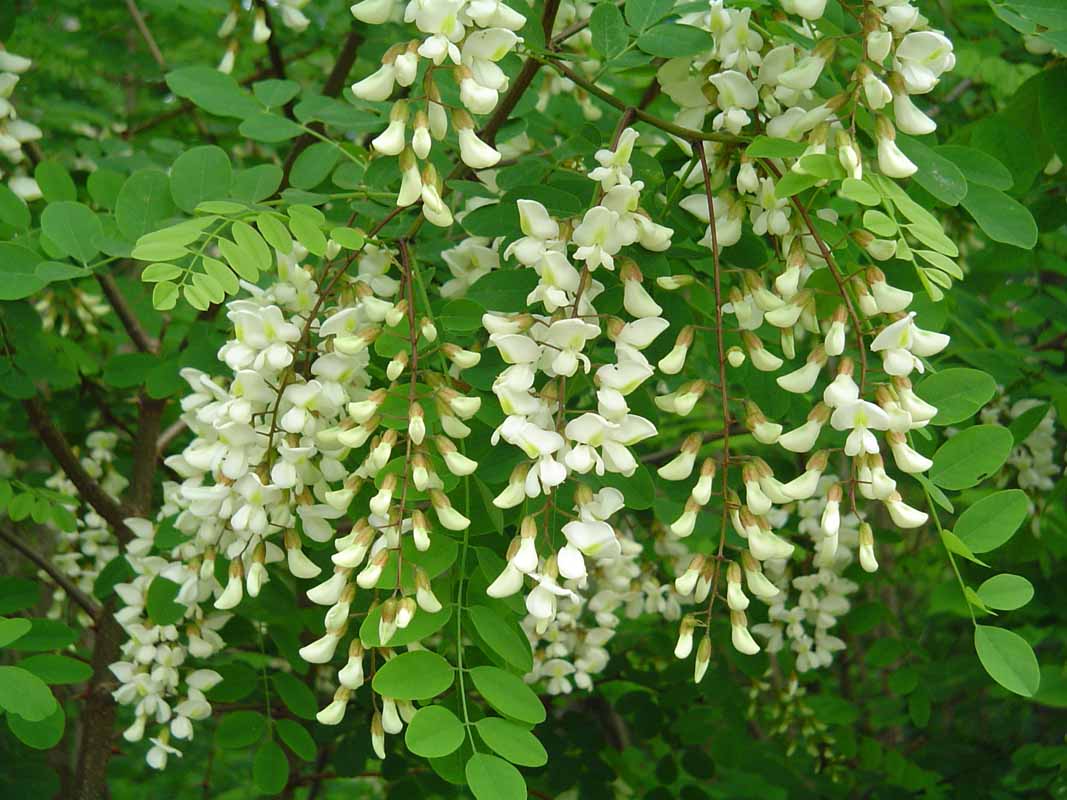
(click on image to enlarge)
Securigera (crown-vetch)
[information to be added]
Securigera varia (purple crown-vetch) - [information to be added]
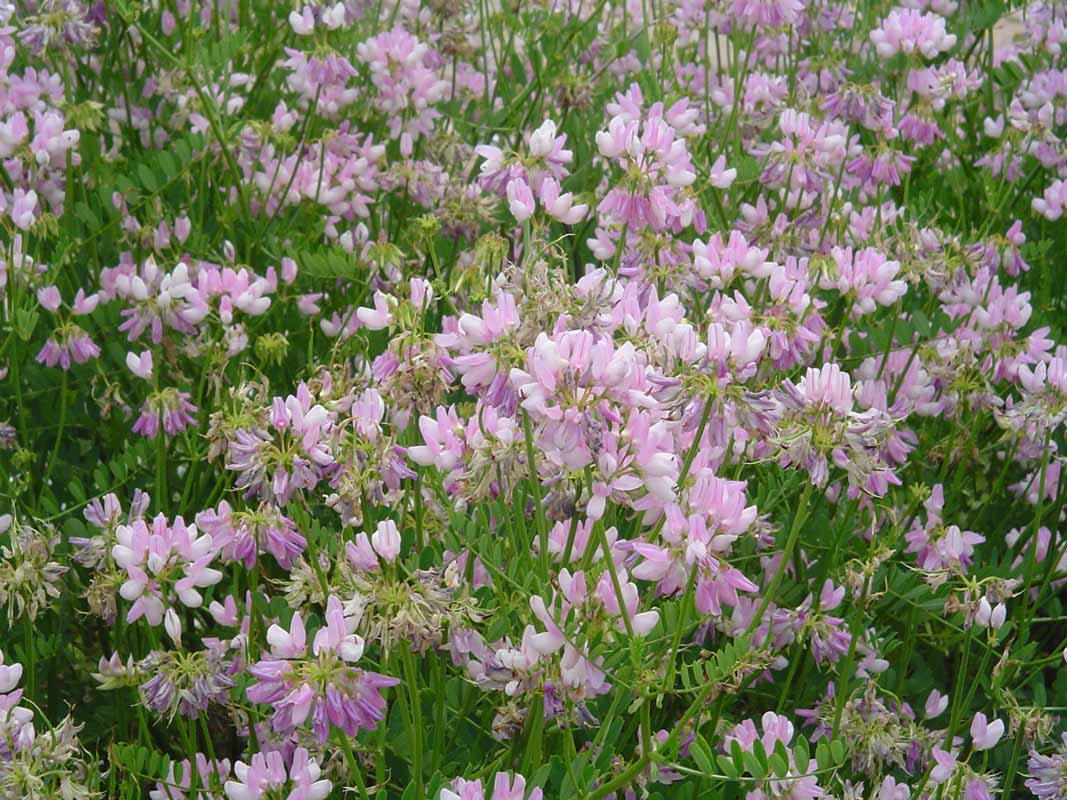
(click on image to enlarge)
Thermopsis (false lupine)
[information to be added]
Thermopsis villosa (Blue Ridge false lupine) - [information to be added]
Trifolium (clover)
[information to be added]
Trifolium arvense (rabbit-foot clover) - [information to be added]
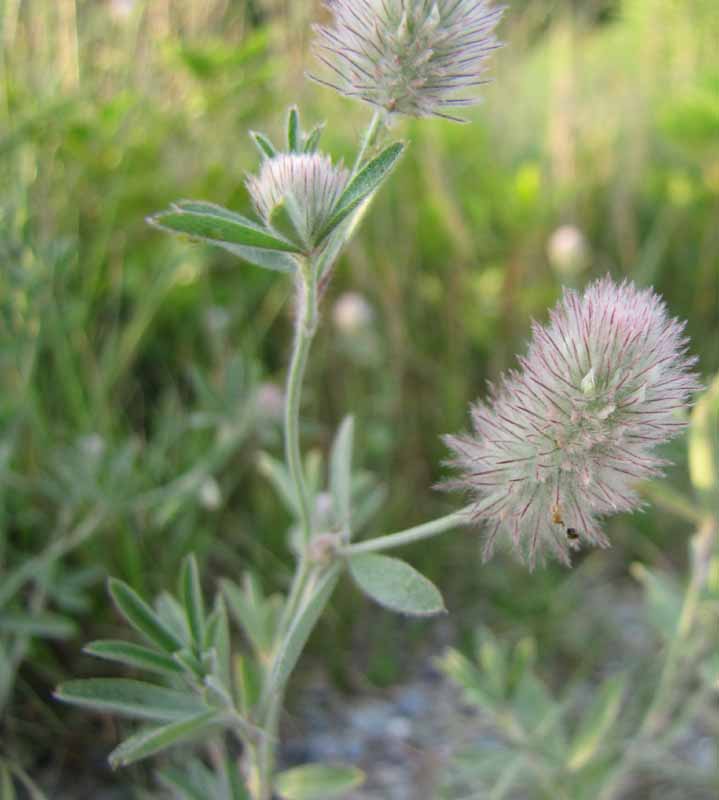
(click on image to enlarge)
Trifolium aureum (palmate hop clover) - [information to be added]
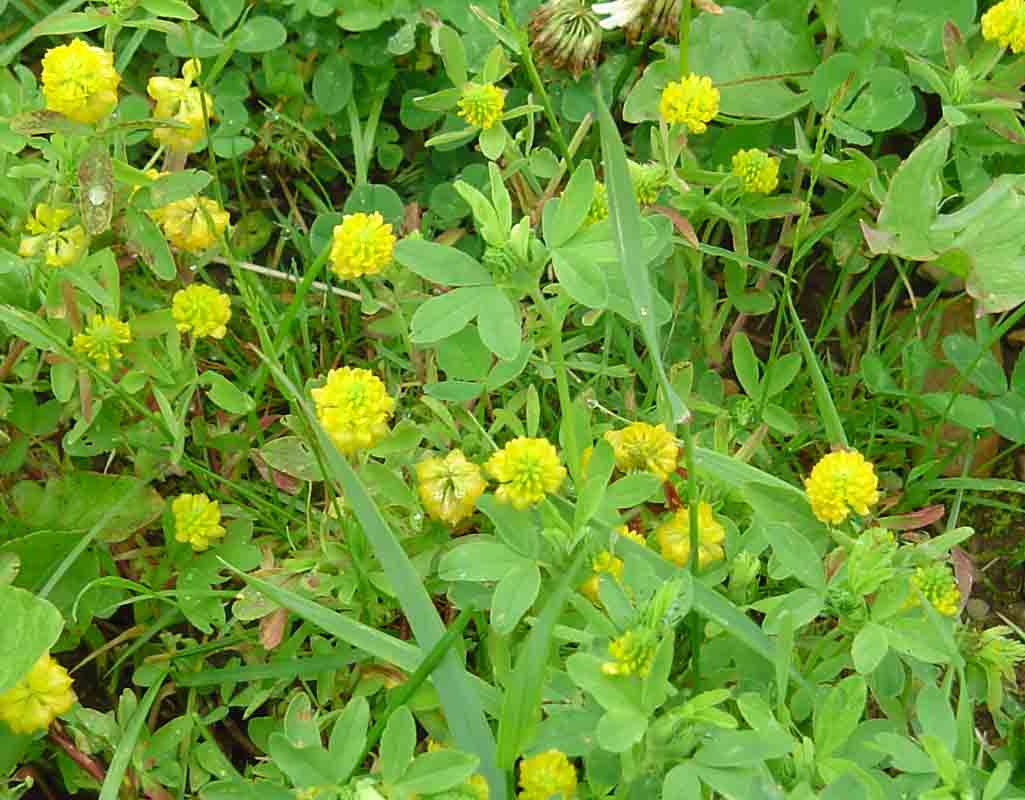
(click on image to enlarge)
Trifolium campestre (pinnate hop clover) - [information to be added]

(click on image to enlarge)
Trifolium hybridum (alsike clover) - [information to be added]
Trifolium pratense (red clover) - [information to be added]
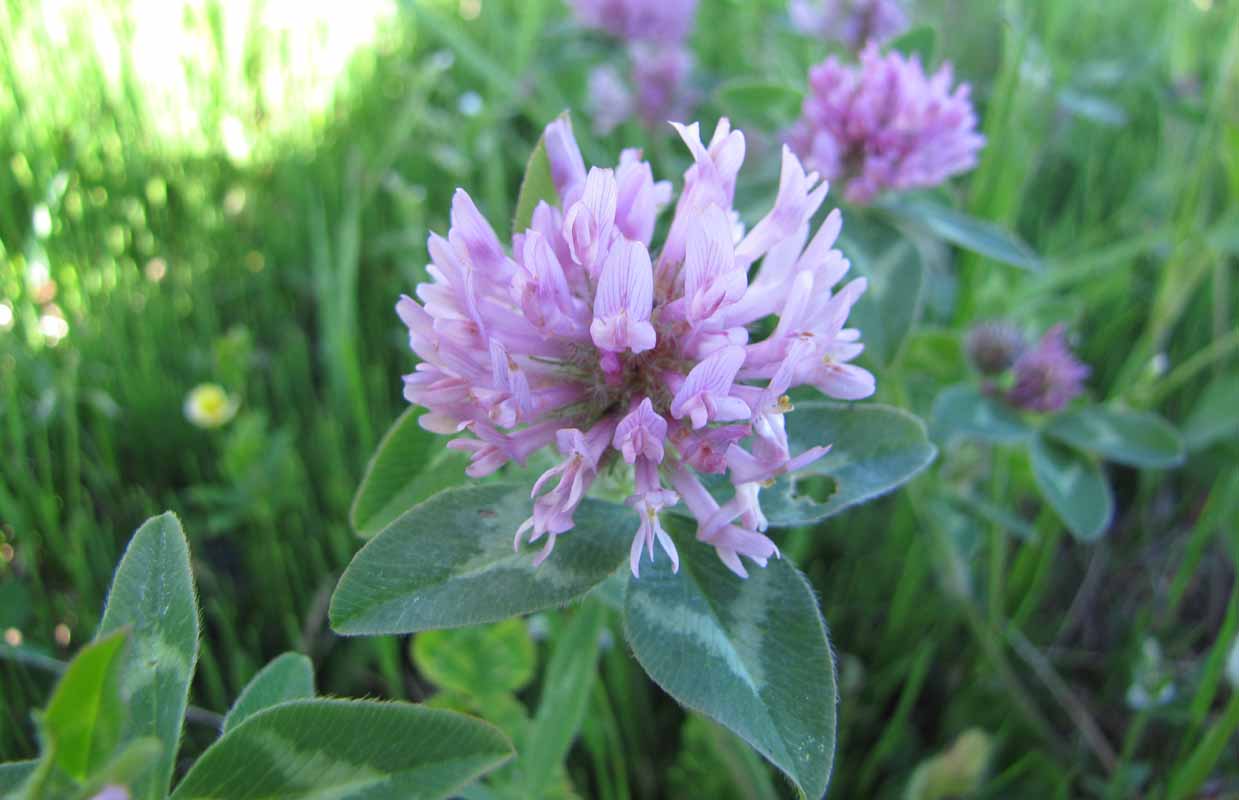
(click on image to enlarge)
Trifolium repens (white clover) - [information to be added]
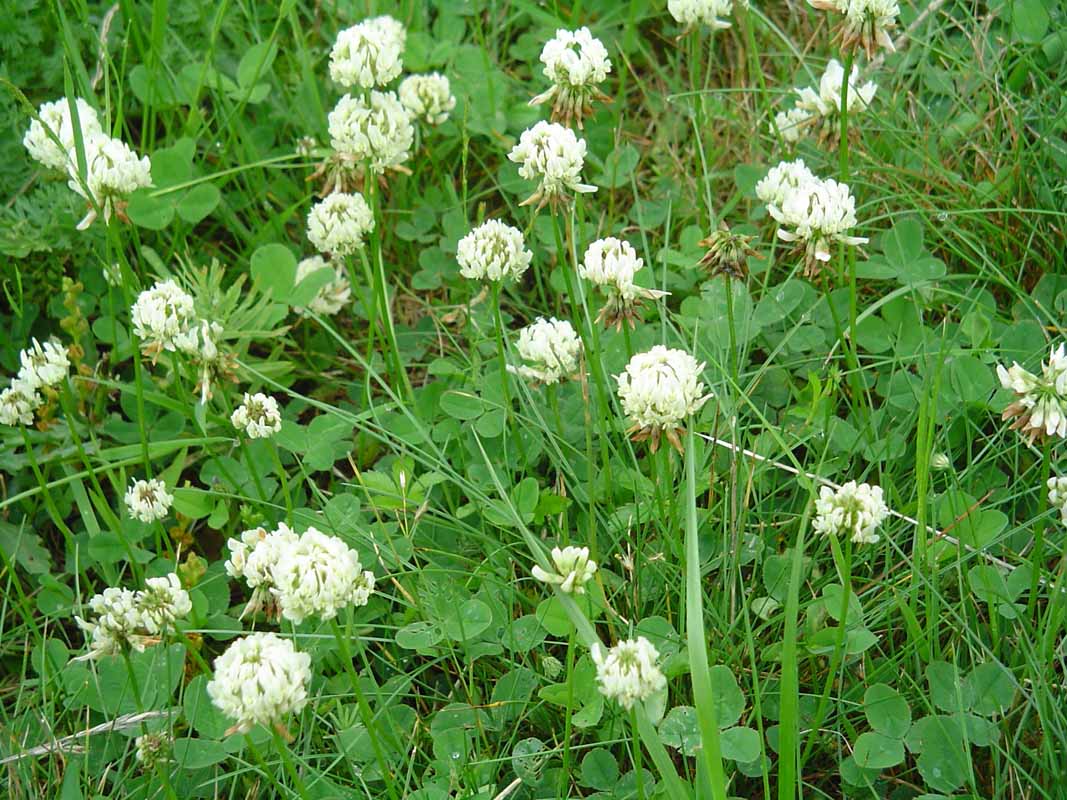
(click on image to enlarge)
Vicia (vetch)
[information to be added]
Vicia cracca (bird vetch) - [information to be added]
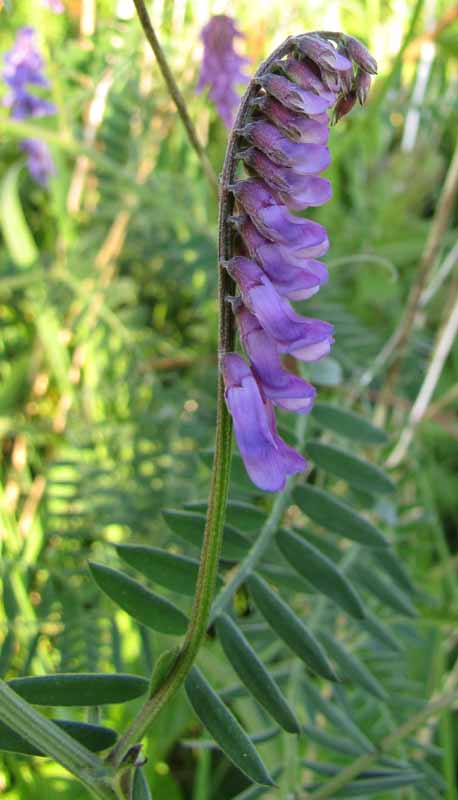
(click on image to enlarge)
Vicia sativa (common vetch) - [information to be added]
Vicia tetrasperma (four-seeded vetch) - [information to be added]
Note:
1. Frequency designations are from the paper “Vascular flora of the Acadia National Park region, Maine” by Craig W. Greene, Linda L. Gregory, Glen H. Mittelhauser, Sally C. Rooney, and Jill E. Weber, published in the spring 2005 issue (vol. 107, No. 930) of Rhodora: Journal of the New England Botanical Club.